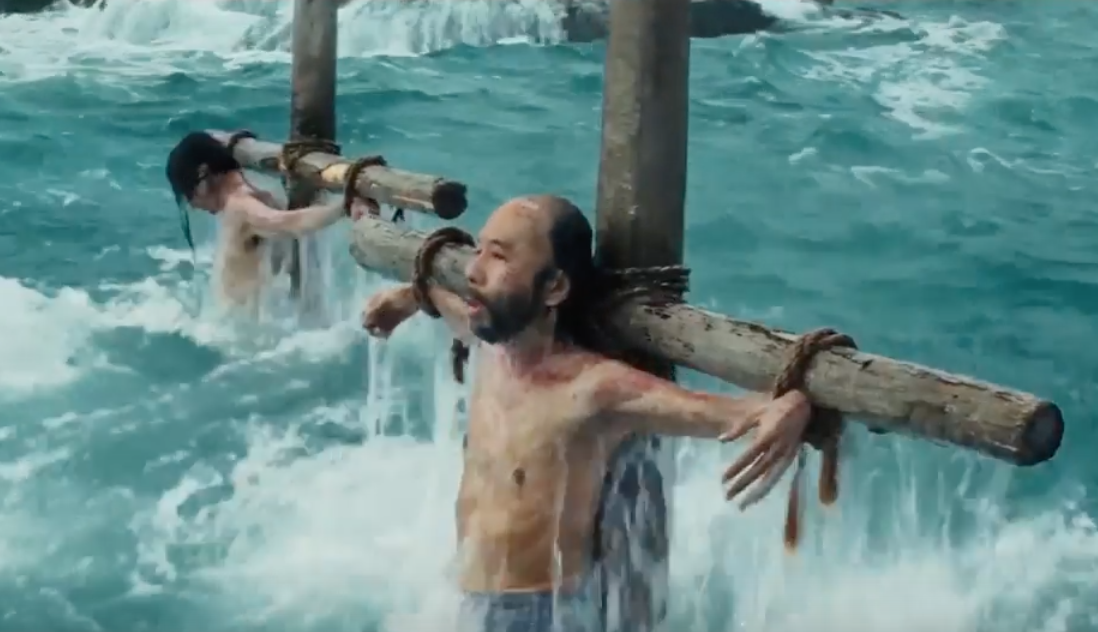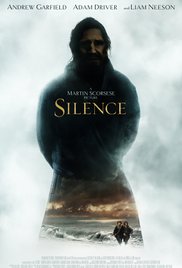 Director Martin Scorsese/2016
Director Martin Scorsese/2016
For nearly 30 years, Martin Scorsese has been trying to have Shûsaku Endô’s novel, Silence, grace the silver screen. Given the novel as a gift while making his controversial film The Last Temptation of Christ, Scorsese has never forgotten about this story, even as he continued to turn out other films and projects. The result is a deeply intimate, challenging, and rewarding film experience, for those willing to take the journey, that ranks among Scorsese’s best.
A devout Catholic, albeit one who self-admittedly has many questions, Scorsese has crafted his own faith-based film that provides no easy answers. And like most of his films, truth and violence walk hand in hand. What does it mean to have faith? In the face of persecution and violence, how far is one willing to go to prove their devotion to their faith? What does it mean to be a martyr, and what does it mean to apostatize (renounce the faith)? Is faith silenced by the lack of evidence in our actions, or is it something that is planted deep in the soul that will survive the intense pressure put upon it during seasons of doubt, disillusionment, and struggle? And in the face of such struggle and human suffering, why is it that God often seems silent? These are just some of the many questions posed in throughout this nearly 3 hour film.
It is obvious that every frame is an act of love by Scorsese and the cast and crew to bring this story to life from the pages of the novel that it is based on.
When speaking about art (specifically rock n’ roll), Lester Bangs, as portrayed by the late Philip Seymour Hoffman in the 2000 film Almost Famous, tells his young protege that good art “accuses you”. This is exactly what Silence does. That is not to say that it points a finger of accusation towards the audience but it does present its subject matter in a way that will force you to ask questions about the broader and more specific aspects about belief, love, faith, and actions. For those who like faith-based films who provide easy answers and lead you to a specific place, then this is not that film.
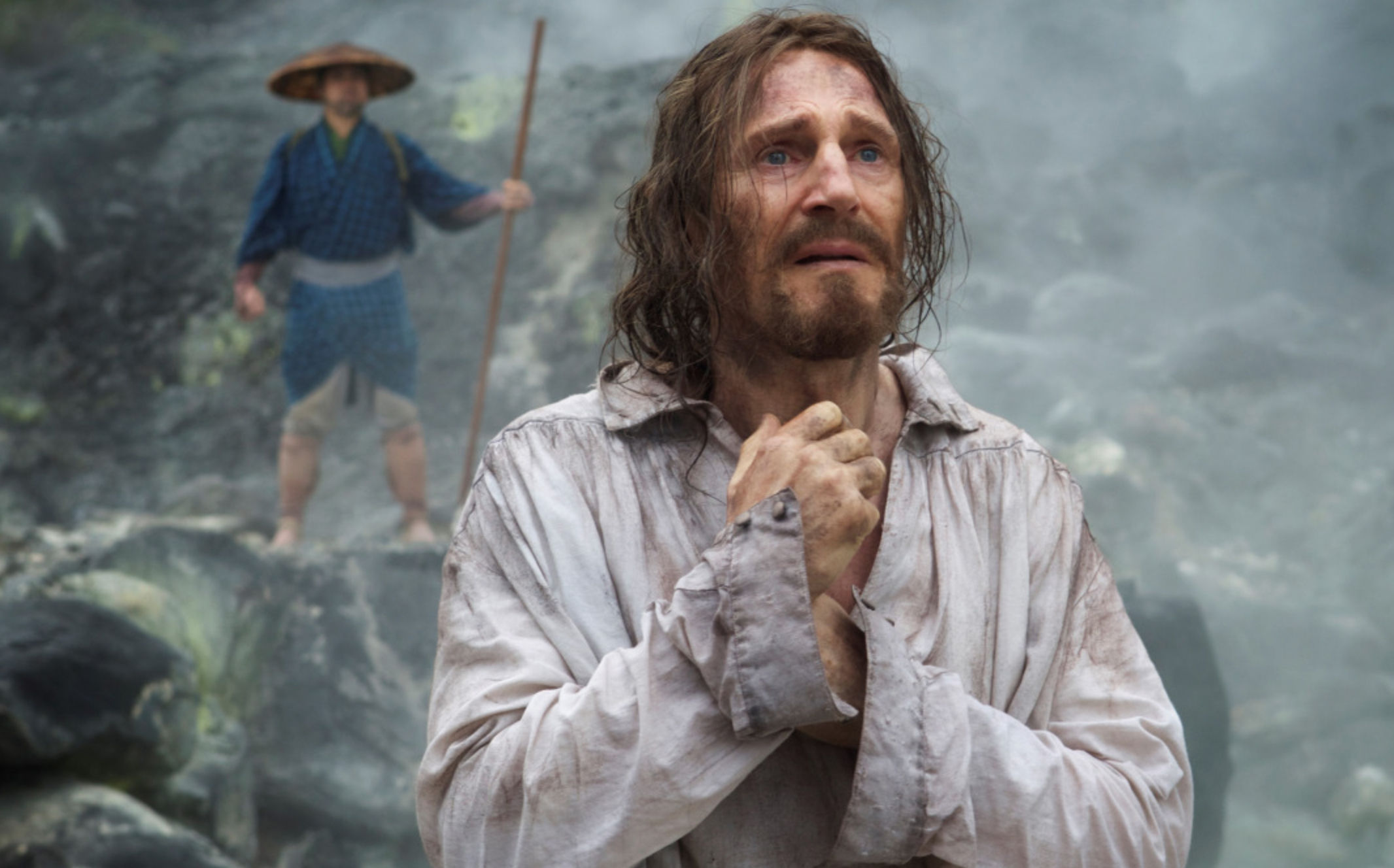
Silence takes place in 17th century Japan. Jesuit Priest, Father Ferreira (Liam Neeson), has witnessed the brutal crucifixion of Japanese Christians who will not renounce their faith and apostatize by stepping on an image of Christ. We leave him kneeling before the temptation to end the suffering by apostatizing himself, before we then are taken to Europe where Fathers Rodrigues (Andrew Garfield) and Garrpe (Adam Driver) are told that their former mentor, Father Ferreira, has apostatized and is now living comfortably in Japan, having even taken up a wife. Not believing these rumors, they gain permission to go to Japan to find their mentor, and to continue the missionary work of spreading the Gospel of Jesus to the now underground Christian church in Japan.
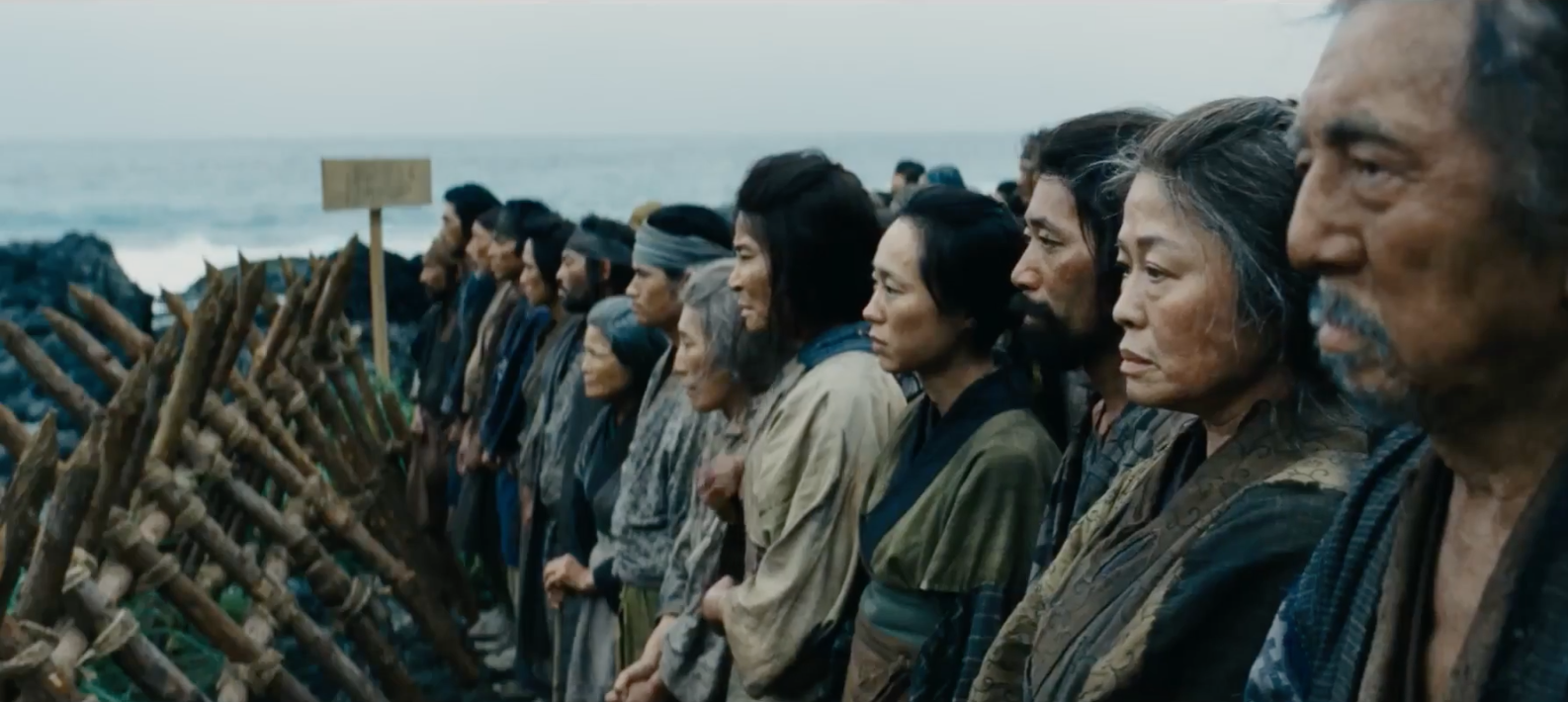
They first encounter Kichijiro (Yôsuke Kubozuka) on the island of Macao, who will serve as their guide into Japan. Having fled his homeland after watching his family be tortured for their faith, Kichijiro is saddled by the guilt of having stepped on the image of Christ, renouncing his faith to save his life. He longs to return home, but issues a dire warning to the priests hoping to spread their faith.
Silence may address the silence of God at those times when we are experiencing what Saint John of the Cross, a 16th century mystic, called “the dark night of the soul”, but it also explorers the purpose behind this perceived silence much like C.S. Lewis did in his book, “A Grief Observed“.
The film powerfully shows the faith of these Japanese Christians who are so happy to have the Priests so that they can make confession, baptize their children, have someone read last rites before death, and who will participate in blessing the holy Eucharist. Daily, they live in the shadow of Inquisitor Inoue (Issey Ogata) and his followers who have dedicated themselves to the eradication of this Christian plague on their island.
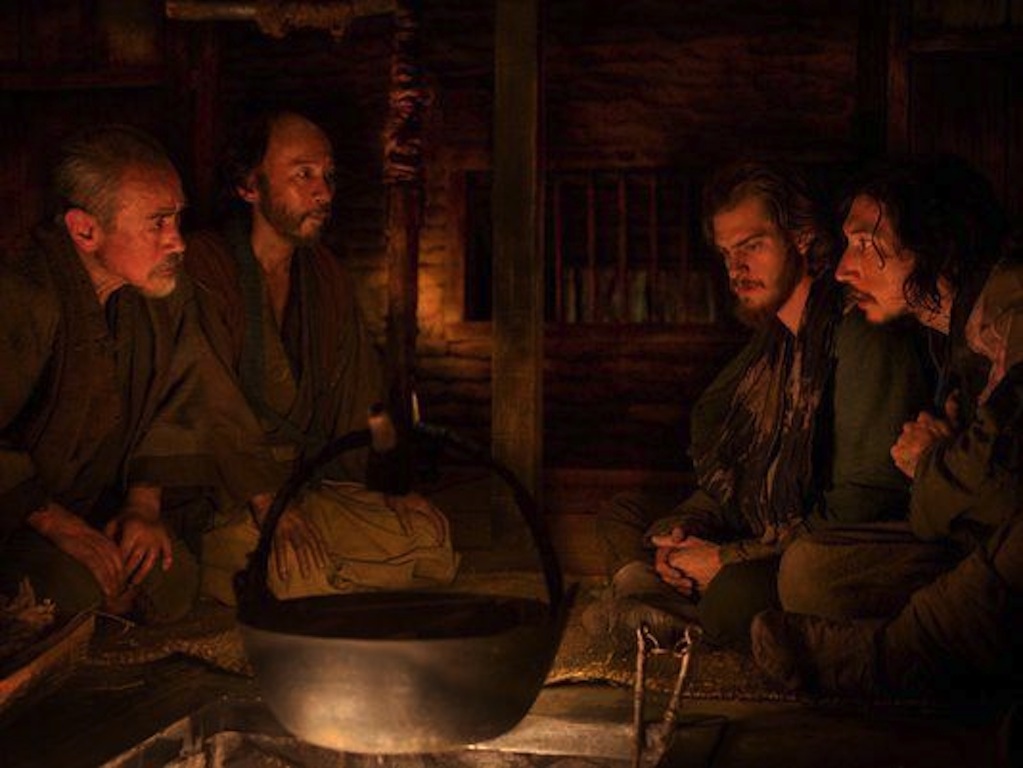
At first, Scorsese sets up the story as a clash between the enlightened western priests, and the primitive Eastern savages of Japan. As the film progresses, however, he is able to subtly un-weave the beautiful tapestry of Japanese culture and show that the opposite is true. Just because the priests have a noble quest to show the love of Jesus to the island’s people, does not mean that they are without sin. Father Rodrigues is often seen having dreams or thoughts that seem honorable on the surface, only to reveal that noble intentions can be filled with sin when done from a place of pride. It is often the struggling Japanese people, who haven’t been given the extensive opportunities of study of the scriptures, who are more in-tune with its teachings and more committed to living it out, especially in the face of persecution. One of the most powerful scenes of faith takes place on a beach as Inquisitor Inoue carries out his swift justice for those who would choose this foreign faith over their Japanese culture.
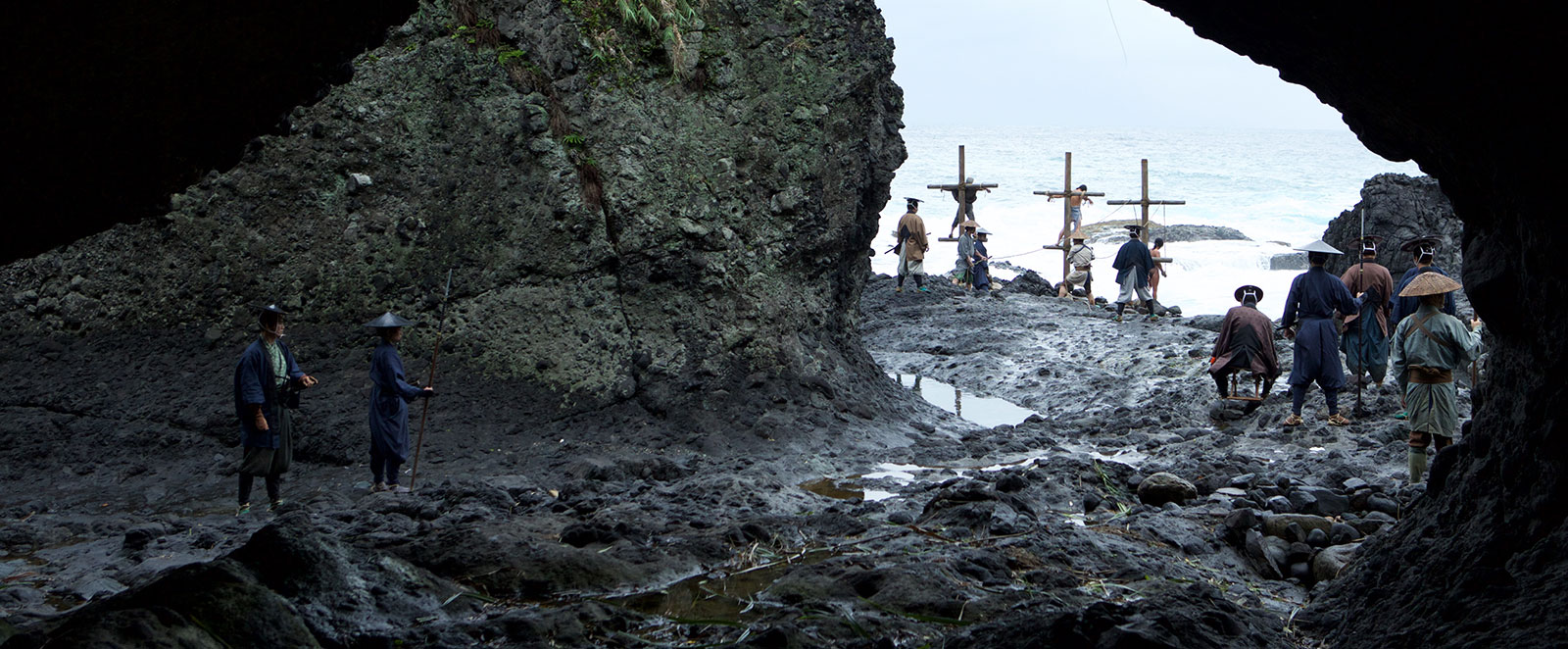
Silence lets it be known that the word martyr, while often depicted as someone who dies for their faith, is one that really means “witness”. And it is this definition that Scorsese masterfully weaves in and out of the narrative. We are witness to the struggle between culture, differing beliefs, people who are willing to suffer for their Christian faith, and those who are weak-willed despite a desire to be strong. It is this “witnessing” that drives the questions that will be asked of us as we watch it be asked of those on screen.
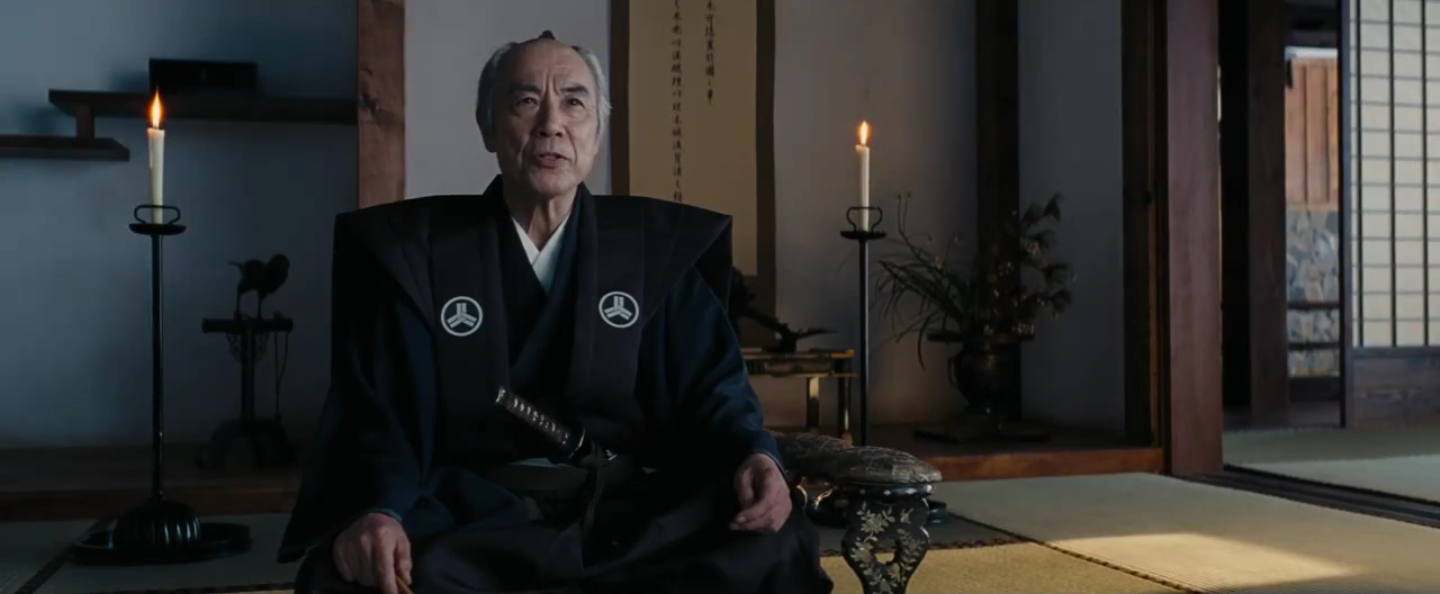
Scorsese allows Inquisitor Inoue to not simply be a one dimensional antagonist, but a thoughtful man whose own purpose of why he persecutes the Christians of Japan to be as multi-layered and noble as of the priests who wish to proselytize the Japanese. Issey Ogata, who plays Inoue, has some wonderful moments of humor and grace as he speaks with Father Rodrigues, that are equally as grand and lofty as his moments of judgement and heavy-handedness are terrible and barbaric.
The cinematography of Rodrigo Prieto (The Wolf of Wall Street, Argo, and Babel) is a sight to behold and the juxtaposition of the beauty of creation that he captures in each frame, alongside the violence and danger of the narrative is breathtakingly powerful. It is obvious that every frame is an act of love by Scorsese and the cast and crew to bring this story to life from the pages of the novel that it is based on. And if Scorsese underwent his own trials in the reaction of his faith-based film, The Last Temptation of Christ, which sought to explore if Christ was tempted to avoid martyrdom for our salvation by having the domestic life we take for granted, then Silence may be his redemption, as even the Vatican has positively reacted to this film.
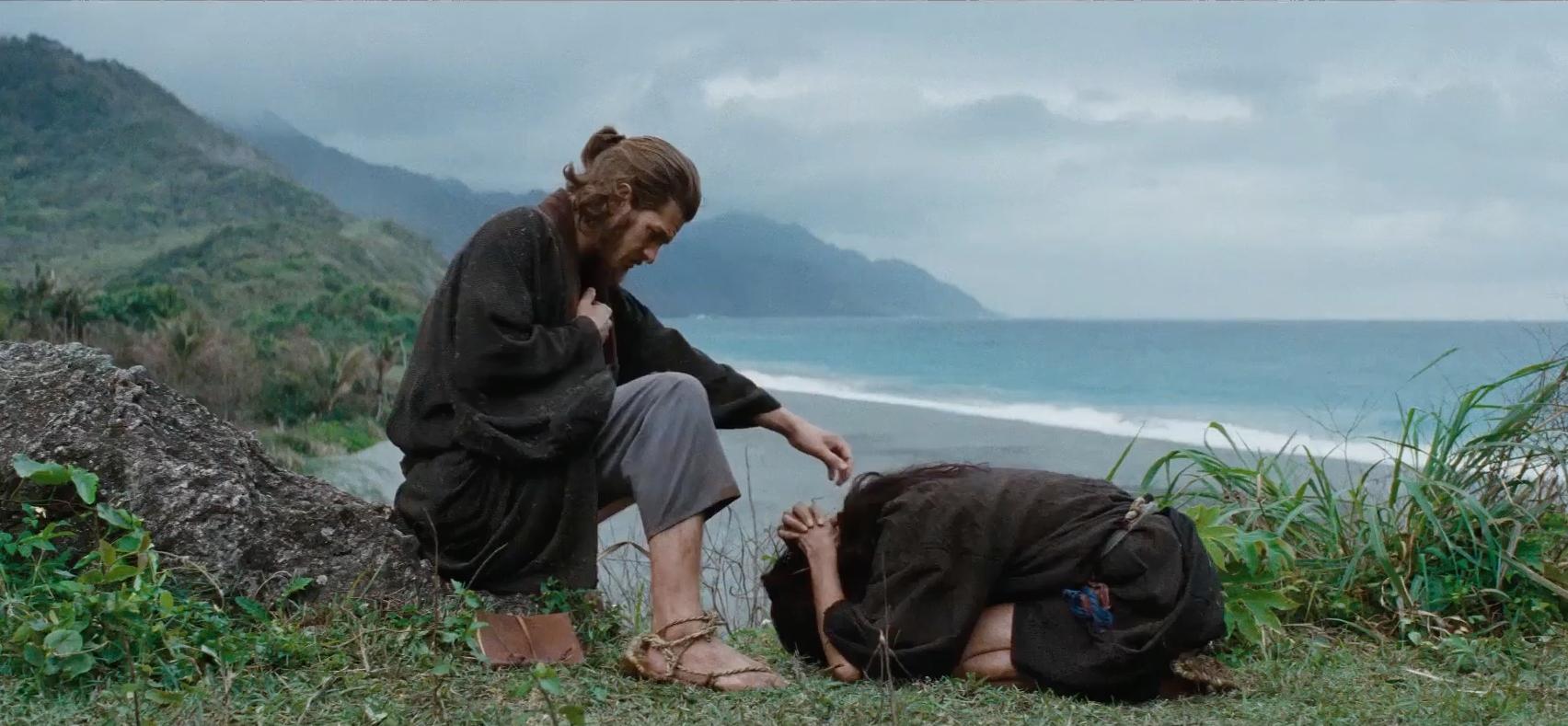
Silence may address the silence of God at those times when we are experiencing what Saint John of the Cross, a 16th century mystic, called “the dark night of the soul”, but it also explorers the purpose behind this perceived silence much like C.S. Lewis did in his book, “A Grief Observed“. It may ultimately prove to be a quiet film on the resume of Martin Scorsese, not garnering many awards or box office results, but for those who are able to experience this powerful treatise on what it means to believe in the face of struggle, the impression it leaves is more akin to when Silence Screams, rather than the Sounds of Silence.
